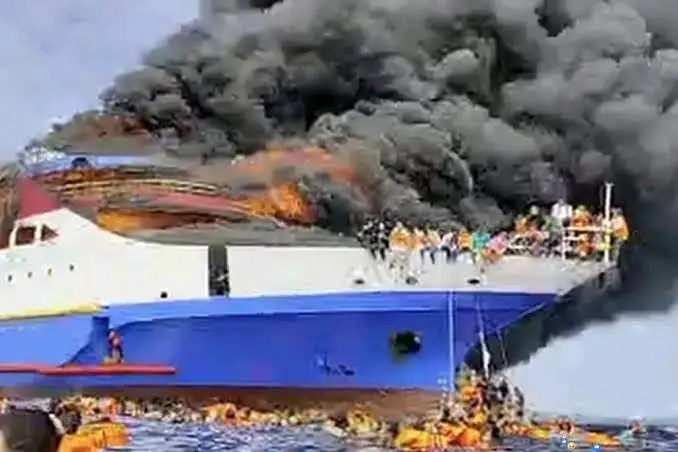
The American Southwest will now be included amongst the regions designated under an expanded federal initiative aimed at bolstering wildfire risk mitigation efforts.
This significant development, announced earlier today by the Department of Interior, reflects the escalating concerns surrounding heightened wildfire activity across Arizona,
New Mexico, and parts of Utah and Colorado. The decision comes as recent meteorological data indicates a continuation of above-average
temperatures and prolonged dry conditions in the area, creating a tinderbox environment susceptible to rapid fire spread.
The inclusion of the American Southwest in this enhanced federal program unlocks access to crucial resources, including increased funding for proactive land management strategies such as controlled burns and vegetation thinning.
Furthermore, it facilitates the deployment of advanced firefighting technologies and the strengthening of collaborative efforts between federal, state, and local agencies.
This coordinated approach is deemed essential to safeguarding communities, critical infrastructure, and the delicate ecosystems that define this iconic landscape.
Experts cite a confluence of factors contributing to the amplified wildfire threat in the Southwest. Years of persistent drought, exacerbated by the overarching effects of climate change,
have left landscapes parched and highly flammable. Additionally, shifts in precipitation patterns have resulted in shorter, less intense wet seasons, failing to adequately replenish soil moisture and further stressing native vegetation.
The increasing interface between expanding human development and wildland areas also presents a growing challenge for fire management and suppression.
The implications of this federal inclusion extend beyond immediate firefighting capabilities. The initiative also emphasizes long-term resilience strategies,
focusing on community preparedness and public education campaigns. Residents in high-risk areas will benefit from enhanced outreach programs designed to promote fire-safe practices around homes and properties.
Moreover, the program encourages innovative research into drought-resistant landscaping and building materials to minimize future vulnerabilities.
This announcement arrives on the heels of several smaller wildfires that have already ignited across the Southwest in recent weeks, serving as stark reminders of the potential for large-scale conflagrations as the traditional fire season approaches. Emergency services have been on high alert, and this federal intervention is viewed as a proactive measure to prevent a repeat of the devastating fire seasons experienced in previous years. The allocation of additional resources is expected to significantly bolster their capacity to respond effectively and efficiently to emerging threats.
Environmental advocacy groups have lauded the federal government’s decision, emphasizing the critical need for sustained investment in wildfire prevention and mitigation. They underscore the far-reaching ecological consequences of severe wildfires, including habitat destruction, soil erosion, and the release of significant amounts of carbon dioxide into the atmosphere. This inclusion is seen as a vital step towards protecting the unique biodiversity and natural heritage of the American Southwest.
Looking ahead, the success of this expanded federal initiative will hinge on effective implementation and sustained collaboration among all stakeholders. The proactive measures being put in place today represent a crucial investment in the long-term safety and environmental well-being of the American Southwest, acknowledging the increasing challenges posed by a changing climate and the ever-present threat of wildfire.






